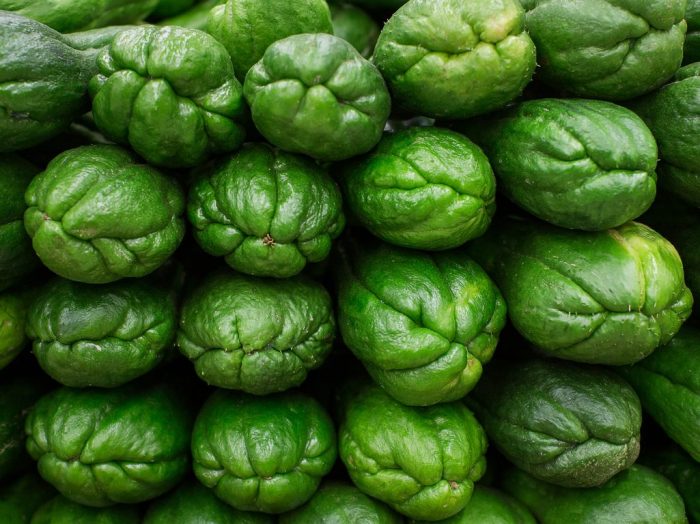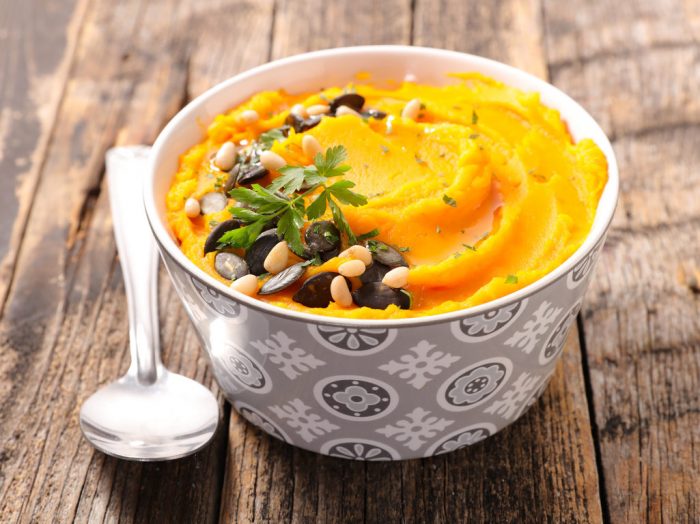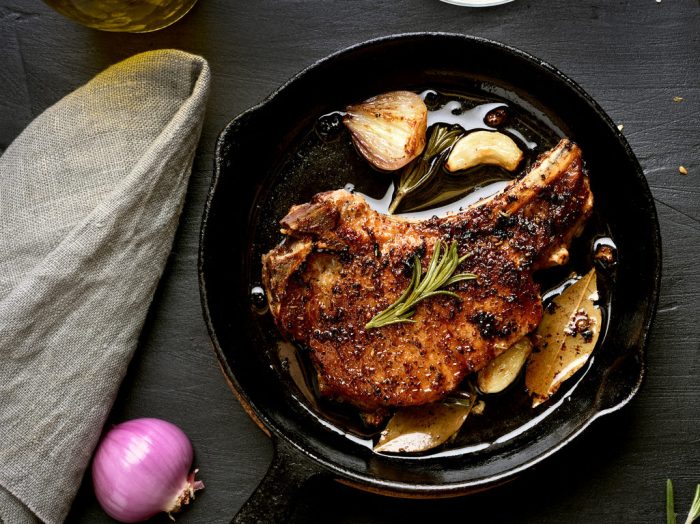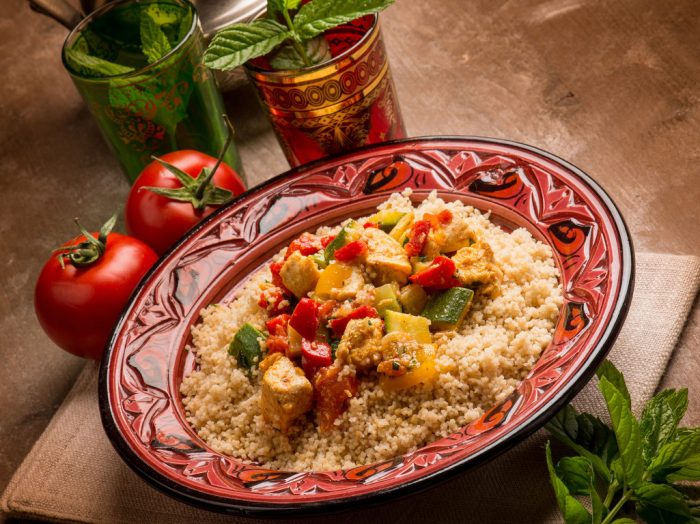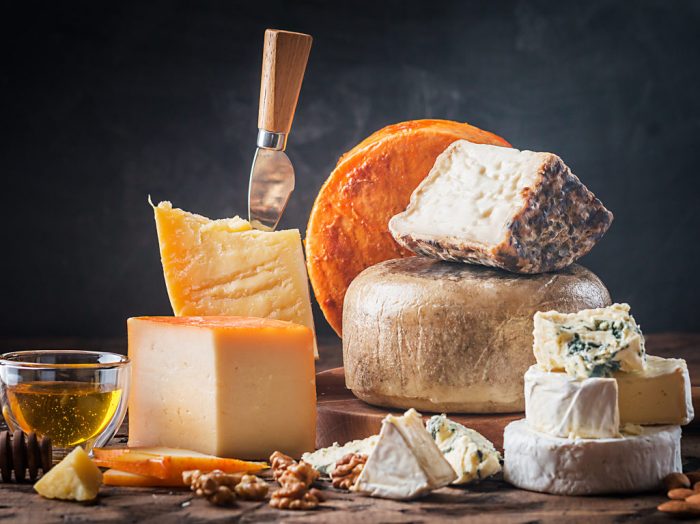Chayote squash is one of those foods that some people knew about but is finally breaking out into the mainstream. And for good reason: it’s healthy, it’s tasty, and it’s pretty much versatile. These are three reasons to cook with it. Here are some more.
Are you looking for new ingredients to explore and cook with? Then chayote might be your next target! It’s considered a fruit, in the way that a tomato is considered a fruit, but it can be the fun and delicious base for all kinds of culinary delights. Its country of origin is Mexico, but warm climates have adopted the chayote squash now and are sharing the bounty with the rest of the world.
What is chayote squash like?
How do we explain it, fully? You can’t really bite into it like you would do a pear, but the texture of the two fruit is quite similar. Which is great, because for me the texture of a pear is one of the greater textures in the world. As for taste, chayote squash is fresh and mild, similar to a cucumber, which makes it ideal for sour dishes.
The good news is you can eat it raw and also add it to vegetable-based salads, but not limited to that.
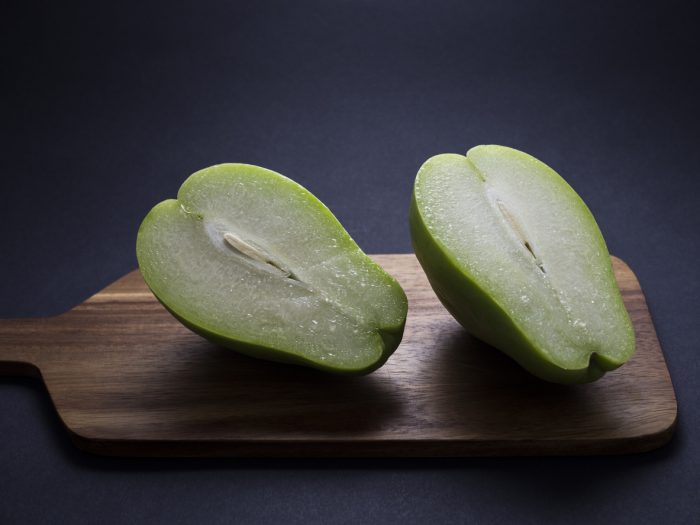
Chayote squash nutritional value
When it comes to nutrients found in this awesome fruit, they definitely are something to write home about. The squashes have plenty of antioxidants, vitamin B and vitamin C, amino acids, and minerals like potassium. It’s rich in fiber (about 2.2 grams), so it’s filling, but at the same time, it’s pretty low in calories. One cup of chayote has just 25 calories, 2.2 grams of sugar, and 0.2 grams of fat.
Pro tip: don’t remove the peel when you’re cooking the squash, because it’s loaded with nutrients. Just make sure to wash it thoroughly before consuming it. I like to use a brush and clean it under a cool stream of water.
Thanks to its nutrients, chayote squash can be safely integrated into diets like keto and Atkins.
https://www.instagram.com/p/BuL00WFATOG/
How do you pick it?
If you’re buying it at the farmers’ market, then these are the things you have to look out for, to make sure it’s ripe: touch it and see if it’s firm under your inquisitive fingers. Its color should be between light and dark green and lacking in color spots.
https://www.instagram.com/p/BuKhSotFnY3/
How do you eat it?
All of the chayote’s parts are good for eating, skin included, as I mentioned earlier. You can do with it anything you like: roast it with vegetables, throw it on the heated grill (this will caramelize it). Starting raw, you can add it to salads, but if you want to cook it, then know that you can use all kinds of fillings on it. You can chop it up and add it to a vegetable soup.
Because it has a very mild flavor, it works quite well with spicy elements like harissa and curry. It’s a chef’s choice kind of situation. But we feel like chayote is worth experimentation. It’s probably going to be very fun.
https://www.instagram.com/p/BpchWxtAJZA/
https://www.instagram.com/p/BuK6FyxlGxg/
https://www.instagram.com/p/BuKxTjqFoeS/
https://www.instagram.com/p/BuK6gR6HWwU/

